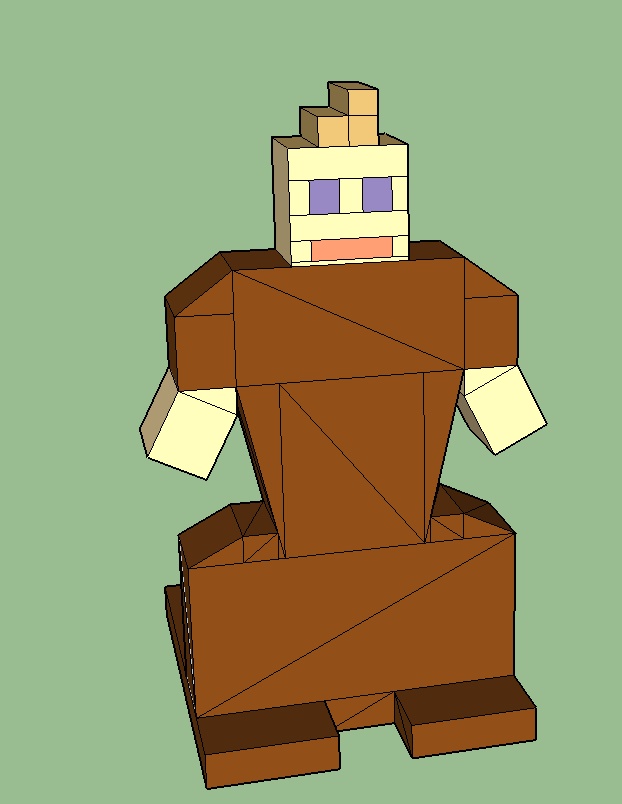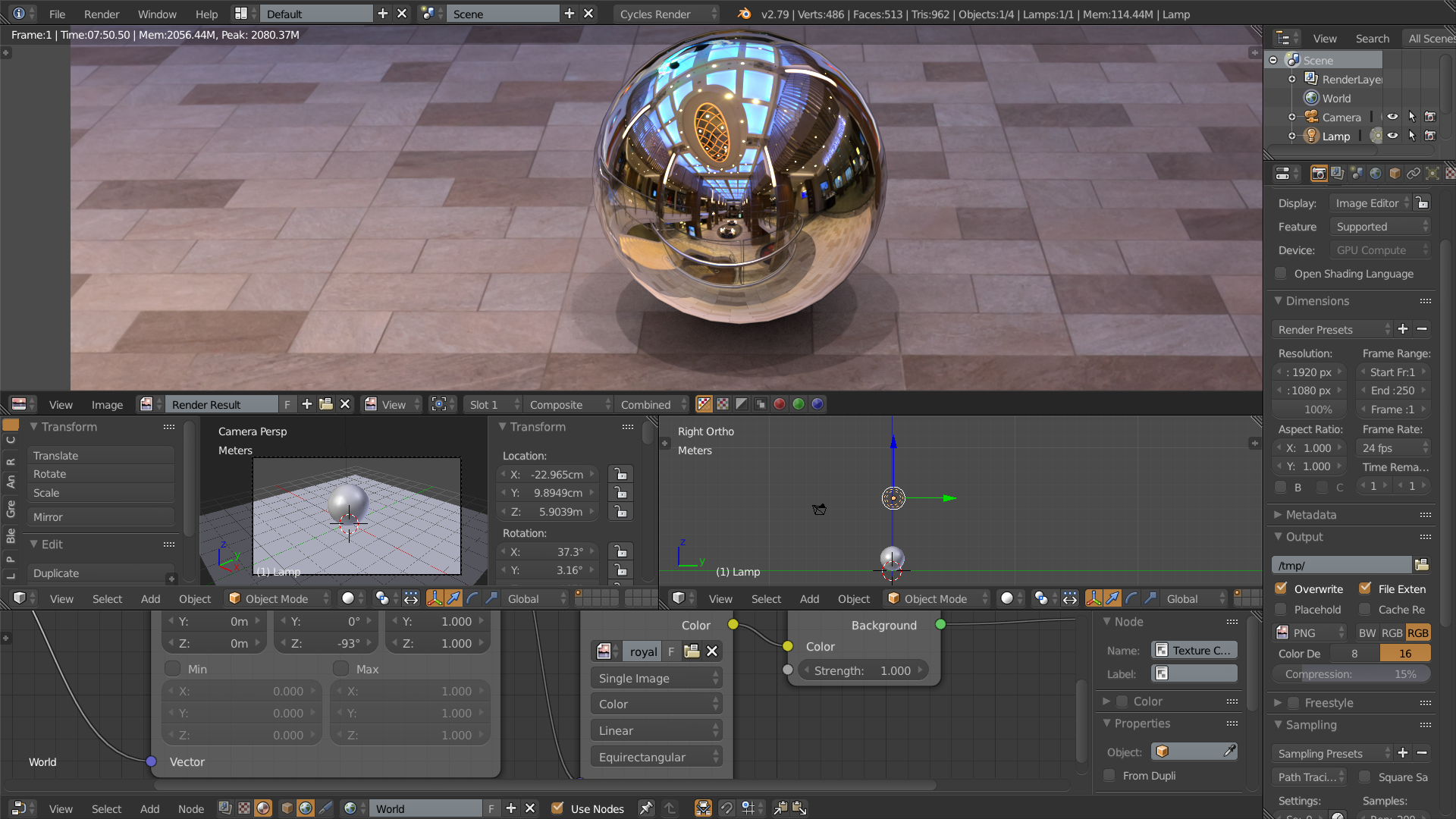

- #SKETCHUP MODELS IN UNITY HOW TO#
- #SKETCHUP MODELS IN UNITY MANUAL#
- #SKETCHUP MODELS IN UNITY SOFTWARE#
- #SKETCHUP MODELS IN UNITY WINDOWS#
#SKETCHUP MODELS IN UNITY MANUAL#
Do it faster: Import SketchUp to Unity with textures using MeshmaticĪs you can see, there are a lot of manual steps to make sure your SketchUp file is ready for best performance in Unity. Meshmatic automates the CAD to FBX conversion process, all while optimizing your model for optimal performance in Unity. If you are still having problems exporting your model correctly, Meshmatic can be a good option for you.

This is something that you will need to manually fix in Unity. For example, when you rotate a part, other parts sharing the same parent group will incorrectly rotate as well. This complicated outliner makes editing objects within these nested groups very challenging. Nested groups or multi-parent groups make editing challenging in UnityĪfter importing your FBX file into Unity, you may notice that your outliner has many nested groups, or “multi-parent” groups. Not only does this make editing your scene more challenging, but it also decreases render speed and FPS. The problem arises when you import your project into Unity, and duplicated objects become unique objects that are no longer instantiated. This means that any edits such as updating textures on one object will be automatically applied to the rest of the instantiated objects.
#SKETCHUP MODELS IN UNITY WINDOWS#
While working inside SketchUp, duplicate objects, such as windows or chairs are instantiated. Instantiated objects in SketchUp break off in Unity This decreases render speed and slows down FPS.įor example, a model of a foliage or tree inside SketchUp may count as a single component, but when imported into Unity, the branches and leaves are separated into thousands of different nodes, making your project harder to render, and slowing down your FPS. The reason is that when inside SketchUp, objects are combined into a single component, but when they are exported into FBX, these components are separated into thousands of individual objects and nodes. SketchUp objects slow down FPS in UnityĪnother common issue is that when SketchUp objects are imported into Unity, they are heavier to process and render. Dealing with bad geometry in Unity can be very time consuming and delay your visualization project. These include bad UV’s, duplicate normal, and inverted vertices. However, issues can arise when exporting your entire SketchUp model, including objects that were added from Maya, into FBX. For example, you may add furniture models from Maya into your SketchUp model.
#SKETCHUP MODELS IN UNITY SOFTWARE#
Errors exporting objects that were not originally from SketchUpįor many SketchUp users, it’s common practice to import objects from other 3D software (like Maya, 3ds Max and Blender) into their SketchUp model. Common issues when importing SketchUp into Unity 1.
#SKETCHUP MODELS IN UNITY HOW TO#
This post will go over common issues users face when importing SketchUp into Unity, tips on how to fix them, and a new automated solution called Meshmatic. And while users can now import SketchUp files directly into Unity, they still face issues with textures, duplicate assets, low FPS, and scaling. Our aim is to be like Youtube but for interactive 3D models of the built environment.SketchUp is one of the most used software for architectural modeling.

Now in 2019 we have finally made a breakthrough in this automation work and have a working, cloud based, fully automated Playsign publishing pipeline! In first stage it works from SketchUp files, which are common in early phases of planning. Thus we can provide it with very low cost too. For our service to be actually useful the best is to integrate with the real processes and automate publishing so that it’s quick and efficient. However, in the past creating such applications has required considerable manual work, to import the architect’s designs and to configure the interactive tools. Over the years, we have piloted several such applications with cities and architects in various stages of built environment development projects, from early zoning drafts to repurposing existing city streets. Game-like spaces with tools for planning and operating real world locations.

Playsign strives to be a Software as a Service (SaaS) for models of the built environment on the Web.


 0 kommentar(er)
0 kommentar(er)
